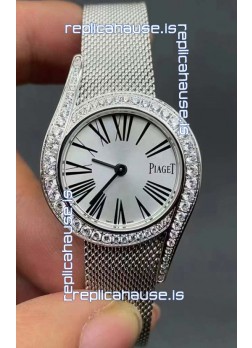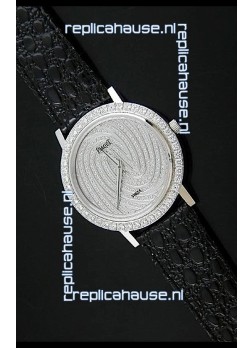Piaget
Formed around 1874 simply by Georges Edouard Piaget in La Cote-aux-Fees, the Piaget company initially designed wrist watch movements for exclusive Swiss models. In 1943 Piaget registered the manufacturer name, began marketing and advertising its own wristwatches and got to work miniaturizing its elements. In 1956 the emblem presented the legendary 9P, an ultra-thin hand-wound merely 0.08 inches thick. A number of years eventually it invented the 12P, which within a thickness of approximately 0.09 inches tall, was the slimmest automatic caliber on earth. Piaget followed these achievements with the 1976 release of the 7P, the thinnest quartz movement of the company's generation and much more not too long ago, the '03 launch of the 600P, the slimmest shaped tourbillon movement in the world.
Ultra-thin has become the Piaget signature, giving the business with an excellent probability to break with old fashioned watch variations. From the 1950s, the Swiss enterprise put its astonishing deluxe on display by constructing ring wristwatches and 9P calibers hidden in coins and gold ingots. Piaget also grew to be known for having launched the 1960s fashion for semi-precious stone dials composed of onyx, turquoise, coral and opal mounted on sumptuous cuff bracelets. These pieces are hotly pursued by collectors. Piaget's movements quickly became a sort of specialty of the house-and they are still today. The new caliber 1208P, featuring its 29.9 mm diameter, is 500ths of a mm thicker than the legendary caliber 12P, whose fiftieth anniversary was well known in 2010. Still, with its height of 2.35 mm, the 1208P is the thinnest automatic movement out there, and it fits in perfectly with post-recession discretion for the wrist






























